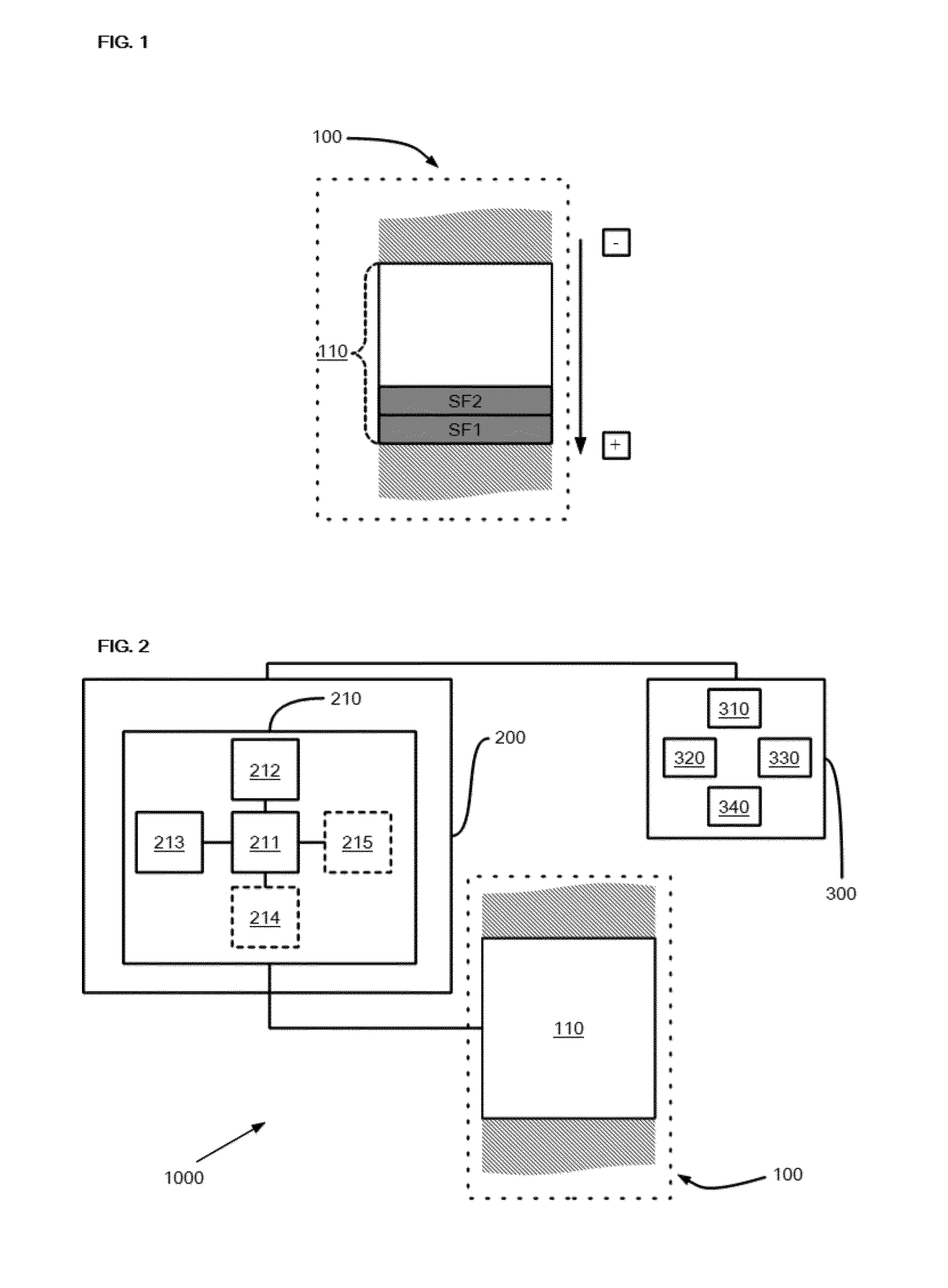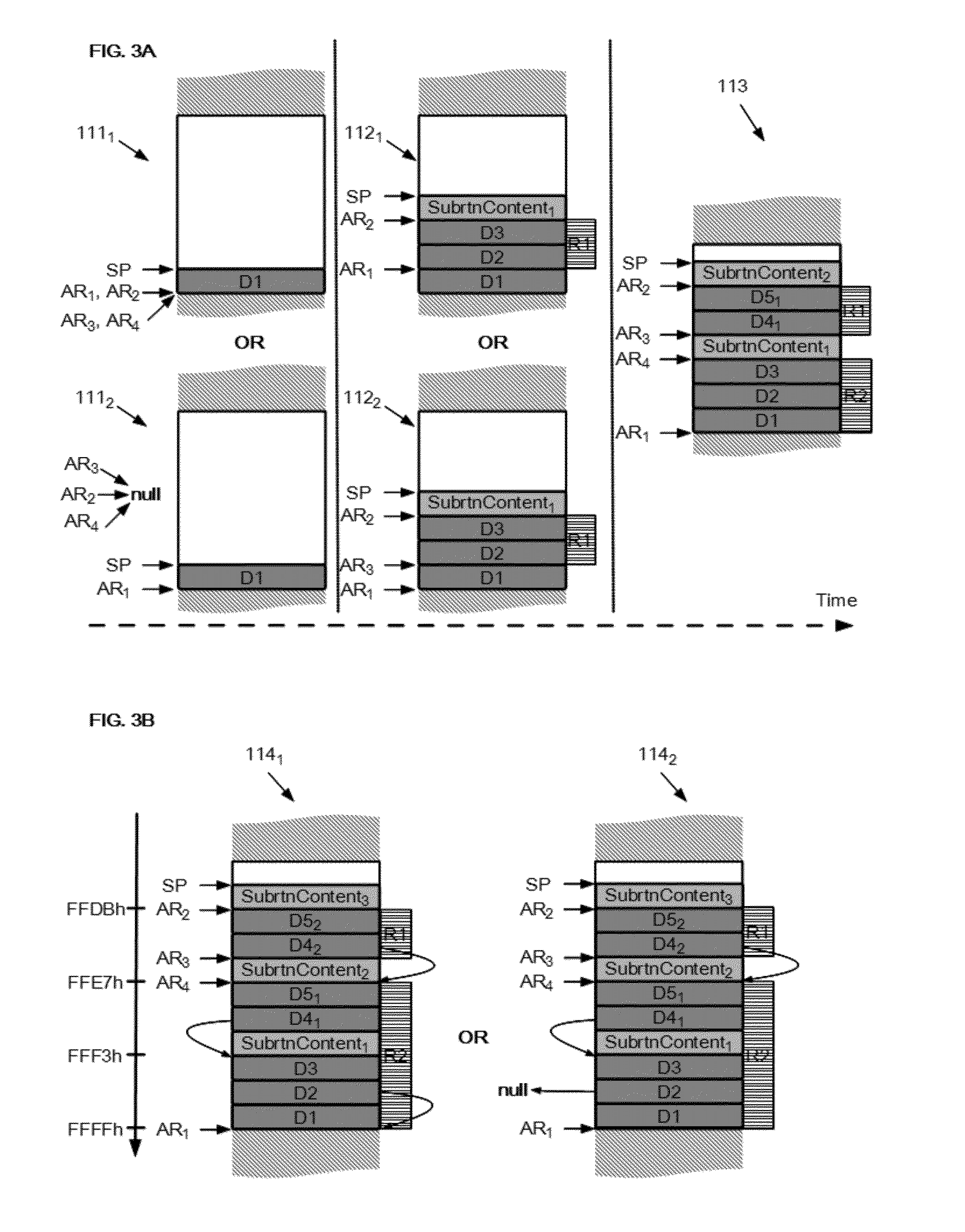Dynamic subroutine stack protection
a subroutine and stack protection technology, applied in the direction of unauthorized memory use protection, instruments, computing, etc., can solve the problems of unintended stack manipulation, system integrity damage, and subroutine stacks are vulnerable to many security and safety problems, and manipulations may have severe impa
- Summary
- Abstract
- Description
- Claims
- Application Information
AI Technical Summary
Benefits of technology
Problems solved by technology
Method used
Image
Examples
Embodiment Construction
[0012]Because the illustrated embodiments of the proposed solution may for the most part, be composed of electronic components and circuits known to those skilled in the art, details will not be explained in any greater extent than that considered necessary for the understanding and appreciation of the underlying concepts of the subject application, in order not to obfuscate or distract from the teachings of the subject application.
[0013]However, for the sake of clarity, basic knowledge related to subroutine stacks will be reviewed. First of all, suffice to say that a subroutine stack is a section of a Random Access Memory (RAM) that is structured as a LIFO (Last In-First Out) buffer and which is reserved notably for storage of parameters that are passed by a main program to a subroutine. A subroutine refers to a software program which when its execution has terminated returns control to a main software program that called it. In general, subroutines are mainly called for a single p...
PUM
 Login to View More
Login to View More Abstract
Description
Claims
Application Information
 Login to View More
Login to View More - R&D
- Intellectual Property
- Life Sciences
- Materials
- Tech Scout
- Unparalleled Data Quality
- Higher Quality Content
- 60% Fewer Hallucinations
Browse by: Latest US Patents, China's latest patents, Technical Efficacy Thesaurus, Application Domain, Technology Topic, Popular Technical Reports.
© 2025 PatSnap. All rights reserved.Legal|Privacy policy|Modern Slavery Act Transparency Statement|Sitemap|About US| Contact US: help@patsnap.com



